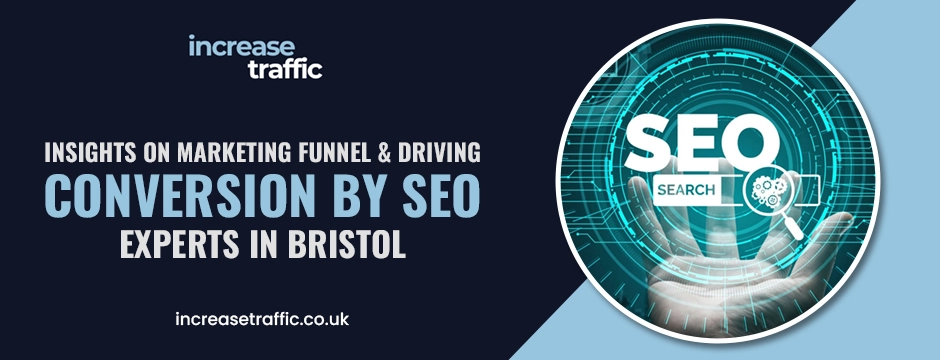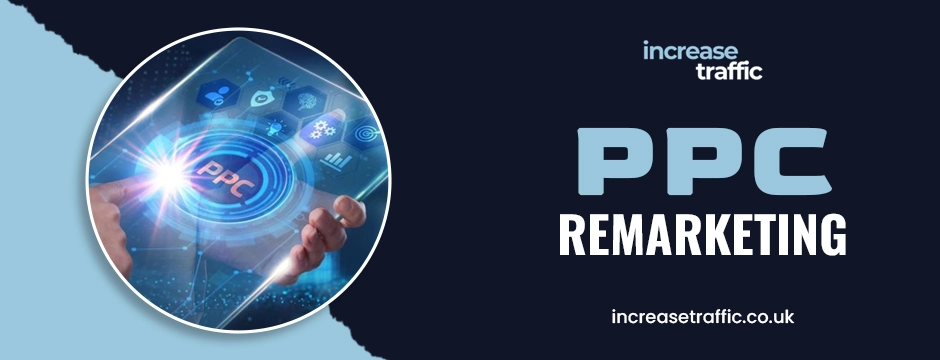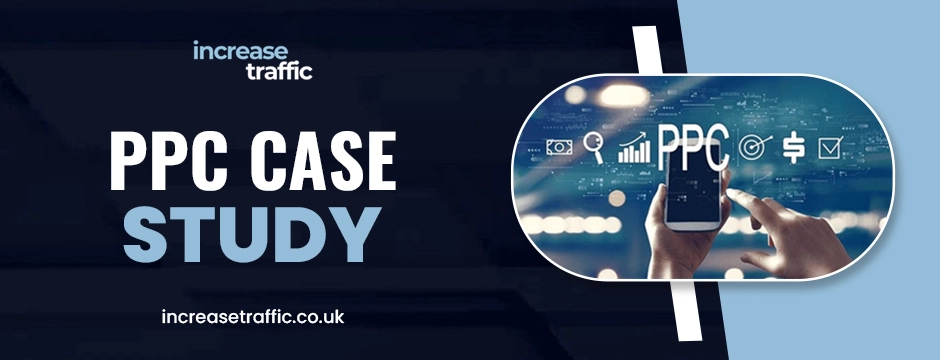In the fast-paced world of digital marketing, the attention span of customers is shrinking. Many potential buyers visit websites, browse products, and leave without making a purchase. The good news? They don’t have to be lost forever. PPC (Pay-Per-Click) remarketing is a powerful strategy designed to recapture these potential customers, bring them back to your website, and encourage conversions.
In this blog, we’ll explore what PPC remarketing is, how it works, and why it’s essential for businesses looking to maximise their digital marketing efforts and boost their return on investment (ROI).
What Is PPC Remarketing?
PPC remarketing is a form of online advertising that targets users who have previously interacted with your website but did not complete a desired action, such as making a purchase or filling out a contact form. These users are shown personalised ads across the web, encouraging them to return and complete their transaction.
The beauty of PPC remarketing lies in its ability to keep your brand front and centre in the minds of people who have already expressed interest in your products or services. Since they are familiar with your business, they are more likely to convert than new visitors.
How Does PPC Remarketing Work?
PPC remarketing relies on tracking website visitors using cookies or tracking pixels. Here’s how the process works:
- Visitor Interaction: A potential customer visits your website, explores products or services, and leaves without completing the purchase.
- Cookie Placement: As they browse your website, a small piece of code (cookie) is placed on their browser. This cookie tracks their activity and helps identify them for future ads.
- Ad Display: Once the visitor leaves your website, they continue browsing the internet. The cookie triggers remarketing ads that showcase your products or services on various platforms such as Google, Facebook, or Instagram.
- Return to Website: If the user is intrigued by your ad, they click on it and are redirected back to your website, where they are encouraged to complete the purchase.
PPC remarketing ads are designed to be highly relevant and personalised, reminding customers of the products they were interested in or offering them special discounts to incentivize a return.
Why Is PPC Remarketing Effective?
PPC remarketing works because it targets users who have already demonstrated an interest in your business. Let’s explore why this tactic is so effective:
1. Targeting Warm Leads
Remarketing focuses on people who are familiar with your brand, making them more likely to convert than cold leads. These individuals have already taken the time to visit your site, explore your offerings, and possibly even add items to their cart. By targeting this audience, your ads are more likely to generate clicks and lead to conversions.
2. Personalized Ad Experiences
With remarketing, you can create tailored ads based on users’ past behaviour on your website. For example, if a visitor viewed a specific product but didn’t make a purchase, your remarketing ad can showcase that product with a compelling offer. Personalization improves user engagement and increases the chances of recapturing lost customers.
3. Improved Brand Recall
Remarketing ensures your brand stays top of mind for potential customers. Even if they don’t click on the ad immediately, seeing your brand repeatedly across different websites and platforms will reinforce your presence. This increases the likelihood of them returning to your site when they’re ready to make a purchase.
4. Cost-Efficient Advertising
PPC remarketing allows you to optimise your ad spend by focusing on high-intent users. Since the audience is already interested in your product, you can achieve a higher ROI compared to traditional PPC ads targeting a broad audience. Additionally, remarketing ads often have a lower cost-per-click (CPC), making them a cost-effective option for businesses of all sizes.
5. Boosting Conversion Rates
Remarketing helps businesses recover abandoned carts and lost leads. Statistics show that only 2% of first-time visitors convert on average. Remarketing allows you to re-engage the remaining 98% who didn’t take immediate action, dramatically improving your conversion rate over time.
Types of PPC Remarketing Strategies
There are several remarketing strategies you can use to re-engage your audience. Let’s look at some common types:
1. Standard Remarketing
Standard remarketing targets visitors who have previously visited your website. Your ads are displayed to them as they browse other websites, social media platforms, or apps within your ad network.
2. Dynamic Remarketing
Dynamic remarketing takes personalization to the next level by showing visitors ads for specific products or services they viewed on your site. This strategy works particularly well for eCommerce businesses, as it highlights the exact items users are interested in, encouraging them to return and complete their purchase.
3. Video Remarketing
With video remarketing, your ads appear on video platforms like YouTube to users who have interacted with your website or YouTube channel. Video content can be highly engaging, making this a great way to capture attention and boost brand awareness.
4. Email List Remarketing
If you have an existing list of email subscribers, you can upload this list to Google Ads or social media platforms to target these users with remarketing ads. This helps you reach customers who may have forgotten about your offerings but are still interested in your brand.
Best Practices for PPC Remarketing
To get the most out of your PPC remarketing campaigns, follow these best practices:
- Segment Your Audience: Not all visitors are the same. Segment your audience based on their behaviour, such as those who abandoned their cart, viewed a product, or spent a specific amount of time on your website. This allows for more tailored ads.
- Cap the Frequency: While remarketing ads are effective, showing them too often can annoy potential customers. Limit the frequency of your ads to prevent overwhelming users with excessive exposure.
- Use Strong CTAs: Ensure your ads have clear and compelling calls-to-action (CTAs) that encourage users to return to your website and complete their desired action.
- Offer Incentives: Provide incentives such as discounts or special offers in your remarketing ads to increase the likelihood of recapturing lost customers.
Boost Your Conversions with Remarketing: A Success Story from Increase Traffic Ltd.
At Increase Traffic Ltd., we specialise in helping businesses recapture lost customers and maximise conversions through our expert PPC remarketing strategies. Whether you’re looking to re-engage visitors who abandoned their shopping carts or boost brand recall, our team delivers tailored solutions that drive real results. Want to see the impact for yourself? Check out our latest PPC case study, where we helped a client significantly increase their ROI through targeted remarketing efforts. Let us help you take your digital advertising to the next level!
Conclusion
PPC remarketing is a powerful tool for businesses looking to recapture lost customers and boost conversions. By targeting warm leads with personalised ads, improving brand recall, and offering cost-effective solutions, this strategy helps maximise your ROI. Whether you’re recovering abandoned carts or increasing customer engagement, this remarketing ensures your brand stays top of mind, leading to more conversions. Implement this effective marketing approach today to drive better results and grow your business in the competitive digital landscape.









